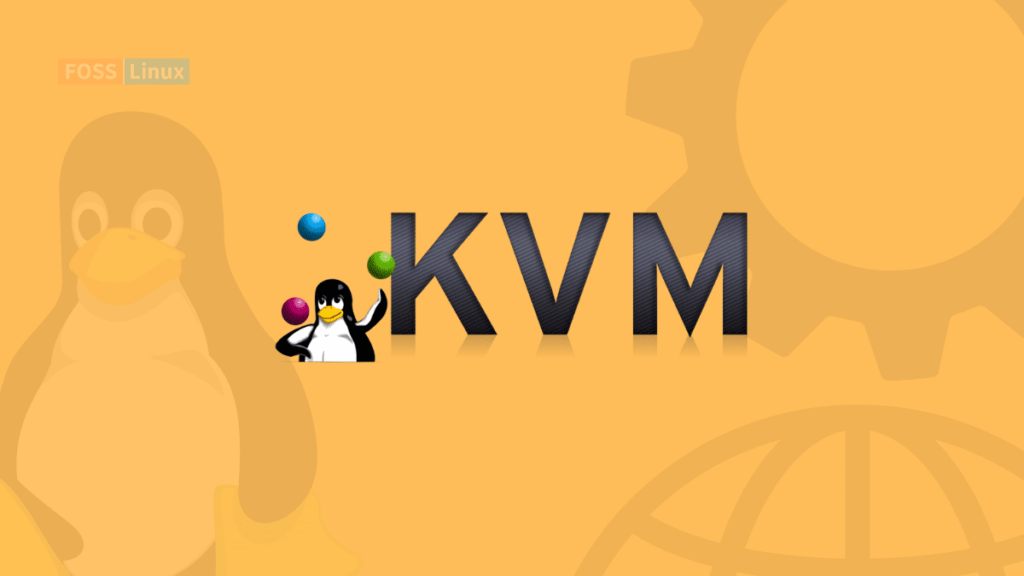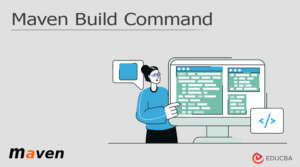You might be wondering why we use the Linux operating system with a Kernel-based Virtual Machine (KVM) and what it is. KVM is a fundamental component of our operations and helps to guarantee that our servers meet the highest requirements. We will go over a few of these benefits below to help you understand why we use a kernel-based virtual machine (KVM) for our servers and why they are useful additions to Linux kernel operations.
What is KVM?

Using a Kernel-based Virtual Machine (KVM), you can create separate virtual environments and multiple virtual machines on your operating system by converting Linux or Windows Server into a hypervisor. This gives consumers a simple, seamless integration experience. KVM has advantages beyond virtualization technologies, such as the following:
-
-
- Performance
- Security
- Storage
- Hardware Support
- Memory Management
- Live Migration
- Scheduling and Resource Control
- Greater Prioritization and Reduced Latency
-
In order to make it clearer why we advise utilizing a Linux Kernel Based Virtual Machine to optimize all operating systems, we will go over each of the KVM features.
What are KVM Linux Functions?

Understanding virtualization and the variations amongst hypervisor types is prerequisite to comprehending how a KVM Linux system operates. To put it simply, virtualization is the ability to run one or more complete guest operating systems on a single host server. It is possible for software to emulate the hardware virtualization that guest systems receive, or for a hypervisor to manage natural hardware resources.
What are the 3 Types of Virtualization?
There are three different types of virtualization that you should be aware of. Among these various virtualization types are:
-
-
- Full Virtualization: When the software fully emulates the hardware, this is known as full virtualization. There is no need for additional real hardware interaction.
- Para-Virtualization: Due to its direct interaction with the hypervisor, the guest system needs drivers that are specifically made for it.
- Hardware-Assisted Para-Virtualization: The processor already incorporates the necessary hardware support. This improves the guest systems’ efficiency while decreasing customization. This feature is present in the majority of AMD and Intel processors, though you might have to enable it through the BIOS or UEFI.
-
Who Makes Use of KVM for Virtualization?
The most notable users of this feature are large vending companies like Red Hat Enterprise Linux, an affiliated company that runs KVM. Aside from its features, this is one of the reasons we employ a kernel-based virtual machine. The sole hypervisor available for all Red Hat virtualization products is KVM.
For many of their virtualization products, businesses like Google, Canonical, IBM, and Red Hat rely on KVM-based technology. IT administrators can run multiple operating systems on the same hardware with KVM, which is the main virtual machine and standard for this purpose.
What is Type 1 vs. Type 2 Hypervisor?
The hypervisor functions as a layer of management or translation that separates virtual and physical hardware resources. Translating all of the natural hardware requirements is necessary, depending on the type of virtualization solution.

There are two varieties of hypervisors:
-
-
- Type-1 (Bare Metal Hypervisor): Type-1 operates independently of an operating system, directly on the hardware.
- Type-2 (Hosted Hypervisor): Type-2 is integrated into the operating system and is turned on there.
-
Keep in mind that Linux KVM is a type-1 hypervisor that integrates hardware-assisted para-virtualization into the kernel module.
The KVM Hypervisor’s Features and Our Reasons for Using It
Using the KVM Hypervisor with Linux offers a range of features, ensuring top-notch security, high performance, and scalability within virtualization setups. Let’s explore why these traits surpass traditional virtualization solutions.
Performance
KVM capitalizes on Linux’s inherent performance by dynamically scaling to meet increasing demands from guest operating systems. This adaptability makes KVM a go-to choice for enterprise-level virtualization, enabling the smooth operation of even the most demanding workloads.
Being a type-1 Hypervisor, KVM outshines typical type-2 Hypervisors, delivering near-metal performance. This translates to swift boot times for KVM’s hypervisor VMs and optimal performance outcomes.
Security
KVM ensures robust security by employing SELinux (Security-Enhanced Linux) and sVirt (Secure Virtualization). SELinux establishes a secure environment around VMs, while sVirt extends these capabilities by adding MAC (Mandatory Access Control) security to guest VMs, effectively preventing manual labeling errors.
Storage
Leveraging Linux-supported storage options like local disks or NAS (Network Attached Storage), KVM ensures efficient storage utilization and redundancy. It also facilitates shared file images, allowing multiple hosts to access the same VM images. The use of 3-way storage ensures the availability of storage copies across multiple servers.
Hardware Support
KVM supports various certified hardware platforms backed by Linux and Windows. Thanks to continuous contributions from hardware vendors, KVM readily integrates the latest hardware advancements incorporated into the Linux kernel.
Memory Management
Inheriting memory management features from Linux, KVM optimizes VM memory by utilizing large volumes that enhance overall performance. This memory can be swapped and backed by disk files, ensuring efficiency.
Live Migration
KVM enables live migration, allowing seamless relocation of running VMs between physical hosts without service interruption. Applications continue running during the relocation process, ensuring uninterrupted service.
Scheduling and Resources Control
Treating Virtual Machines as Linux processes, KVM leverages the Linux kernel for scheduling and resource allocation. This results in efficient resource management and fine-grained control within each process.
Greater Prioritization and Reduced Latency
Linux’s real-time extensions reduce latency and elevate prioritization for VM-based apps. Kernel modules split lengthy processes into smaller components for improved performance.
Kernel Virtual Machine Manager Options
Several KVM manager options cater to managing and streamlining VMs through a user-friendly graphical interface. These platforms ensure efficient management, enhancing overall business operations.
Popular KVM Manager Options:
-
-
- Virtual Machine Manager: A desktop interface facilitating direct KVM VM management.
- Multipass: Preferred by developers, it excels in managing Ubuntu VMs and is compatible with Linux, Windows, and MacOS.
- OpenStack: Renowned for cloud computing, managing distributed computing, networks, and storage resources efficiently.
-
In addition to increasing the efficiency of your KVMs, management platforms are something we specifically offer to help your business run smoothly and optimize operations.




